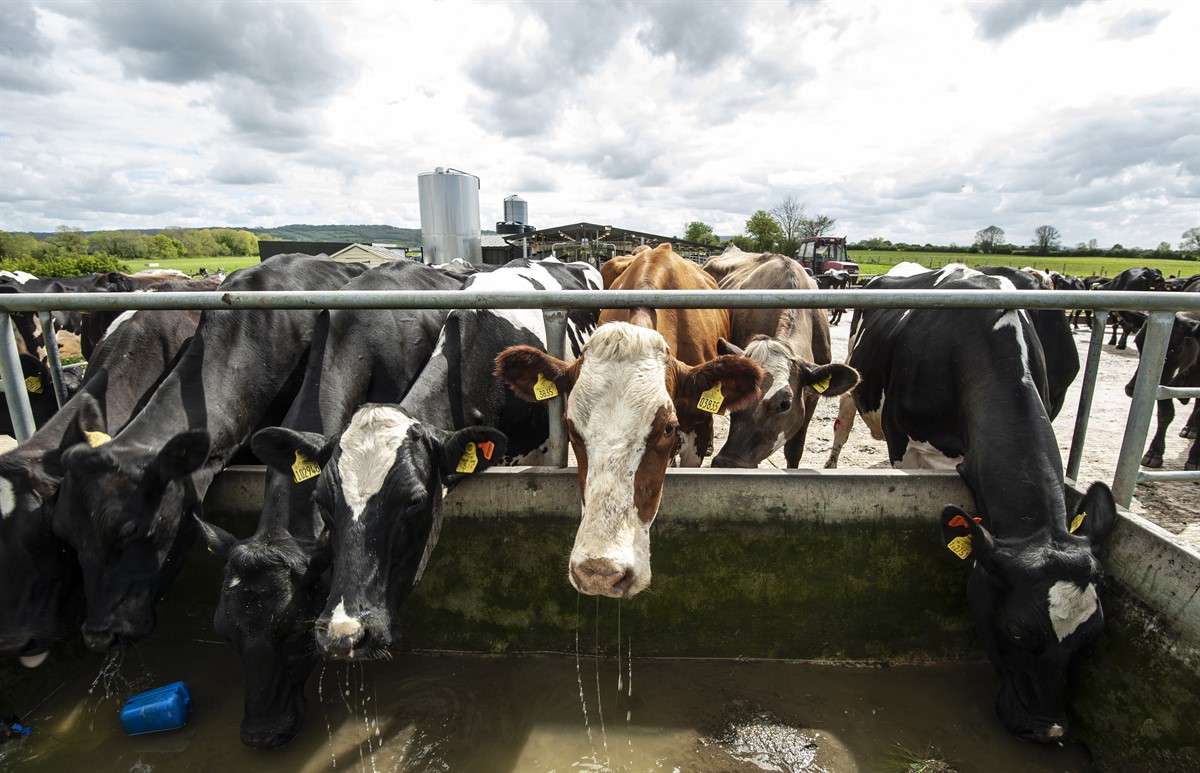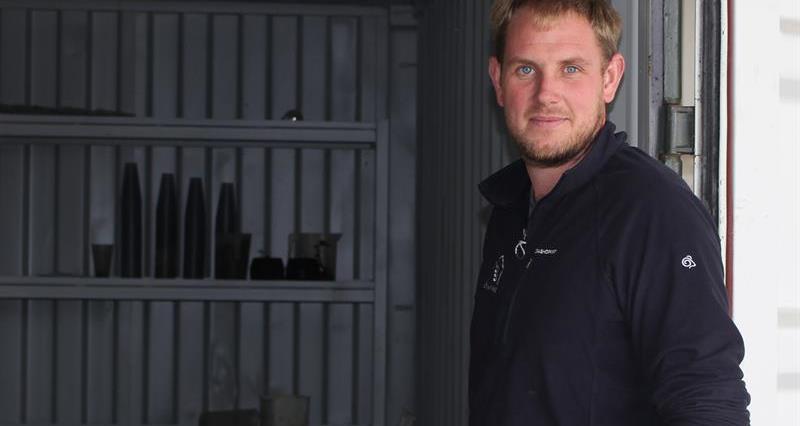Making good use of all available resources, across all of our arable land, has been a key part of our management strategy in recent years. And, on our marginal soils, organic manures have been the major focus.
We have been fortunate to have had the ability to grow forage crops for anaerobic digestion (AD) while returning liquid and solid digestates to our soils where logistics and costs have allowed. We have also used bio-solids from the local water company, where appropriate.
Regular testing and analysis of the applied manures and soils has allowed us to focus on the cost benefits of the applications. This is a crucial part of what we do. As delivering and spreading large tonnages can be an expensive operation, it is important that over-application is avoided.
One of the farms that I manage comprises 100 hectares of arable land. The farm suffers from poor infrastructure in terms of access to large machinery and, also, in recent years yields have plateaued and fallen off in some areas. With increasing weed pressures and rising input costs it was clear something had to change to protect the long-term viability of growing crops on this block of land.
So, the decision was taken to collaborate with a family owner-occupied neighbouring dairy farm, of approximately 60 hectares, that was seeking to expand its herd size by 40% and to change from a loose straw-based system to a more efficient cubicle slurry-based process.
Formal agreement between farms
The initial formal agreement between the two enterprises was set up for the establishment of 25 hectares of grass leys on the arable farm. This area would be under the management of the dairy enterprise and returned to arable after four years, when it is anticipated that a further 20 hectares would be established.
Also, it has been agreed to grow approximately 20 hectares a year of forage oats to supplement the increased demands of the dairy enterprise as it expands. The forage crop will remain under the management of the arable farm as part of its yearly rotation and will be sold to the dairy on a dry matter weight basis, along similar lines that we would sell forage to the AD business.
Nutrients in the form of solid manures and slurry will be returned to the arable unit from the dairy across the rotation, not just the grass leys, as and when available.
Testing and review
Again, proper testing and analysis of soils and manures will take place so that we are as efficient as possible and working within the regulatory framework.
Effectively, the arable enterprise needs the nutrients and organic manures, and the expanding dairy unit will need the extra land to spread on. Ongoing decisions will now be taken with the long-term sustainability of both businesses in mind. Looking at the risks and opportunities for both farms will be key in future-proofing their viability.
More from our nutrient cycling series






